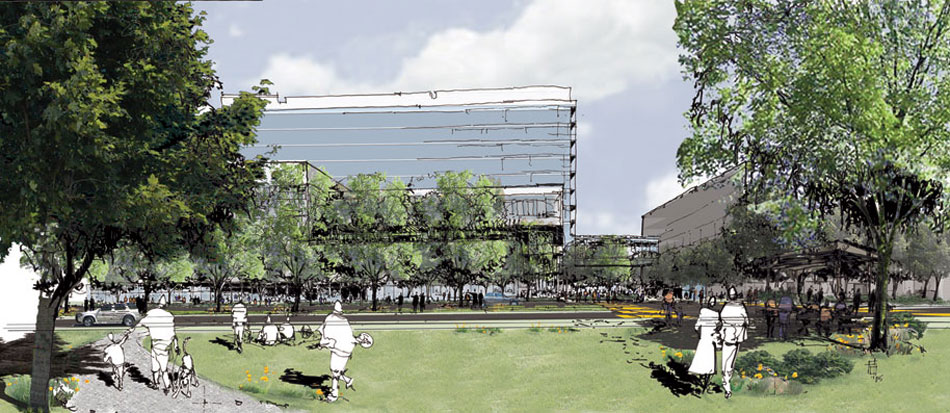
This campus landscape master plan for a three-phase build-out over the next 15 years includes landscapes for three medical office buildings, a new hospital, multiple parking structures, a central administration building, and a comprehensive urban streetscape design. The focus of the design was developing elements that reinforce and express a perception of a healthful and thriving campus landscape that can be experienced both in the urban streetscape and from within the architecture.
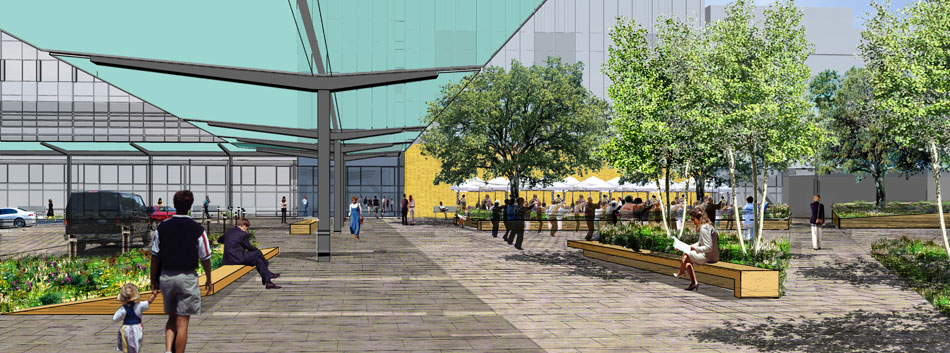
The landscape establishes a visual continuity of soft- and hard-scape elements to create a unified campus system in which its separate buildings and spaces are unified into a cohesive whole. The design establishes a vocabulary of landscape elements that will set a precedent for quality throughout the Kaiser Permanente Campus. It builds upon the relationship to Mosswood Park, just south of the Medical Office Building, to extend the perception of this borrowed amenity into and across the new facility. This, in turn, creates a connection with Oakland’s Glen Echo Creek parklands to the east.
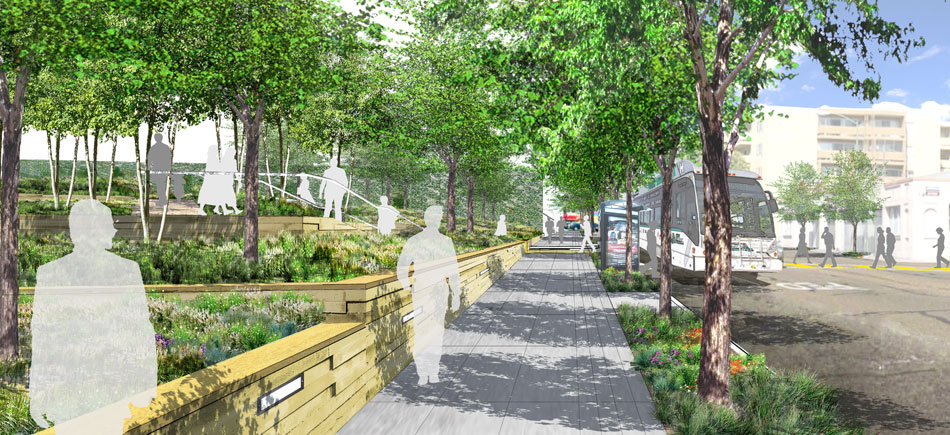
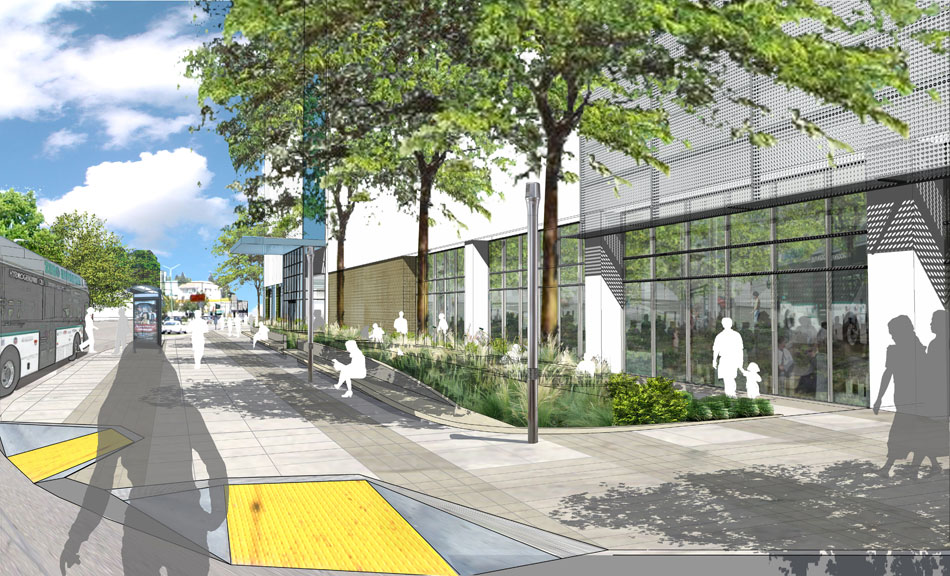
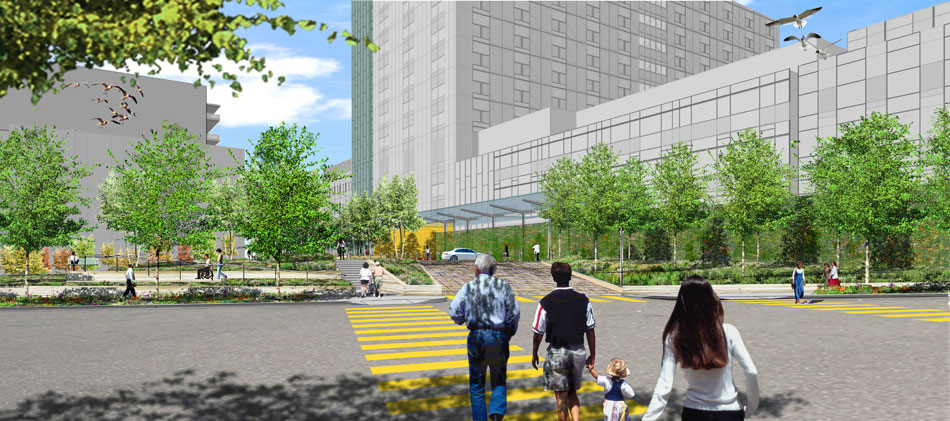
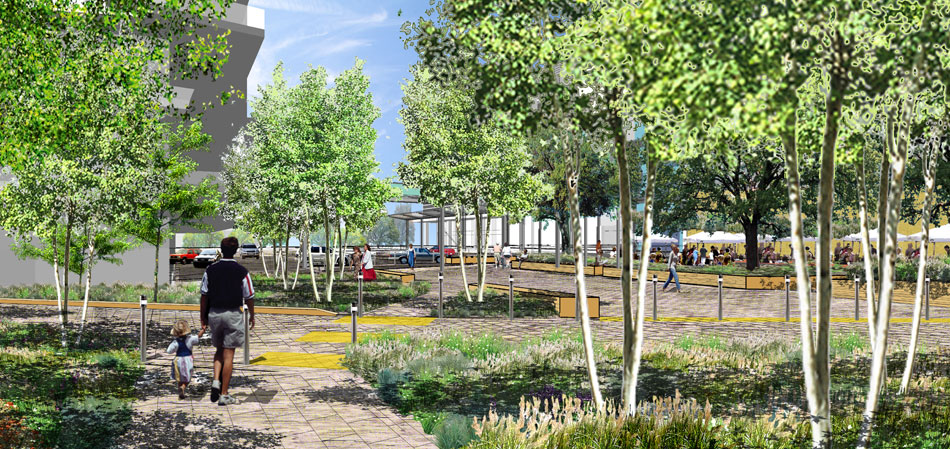
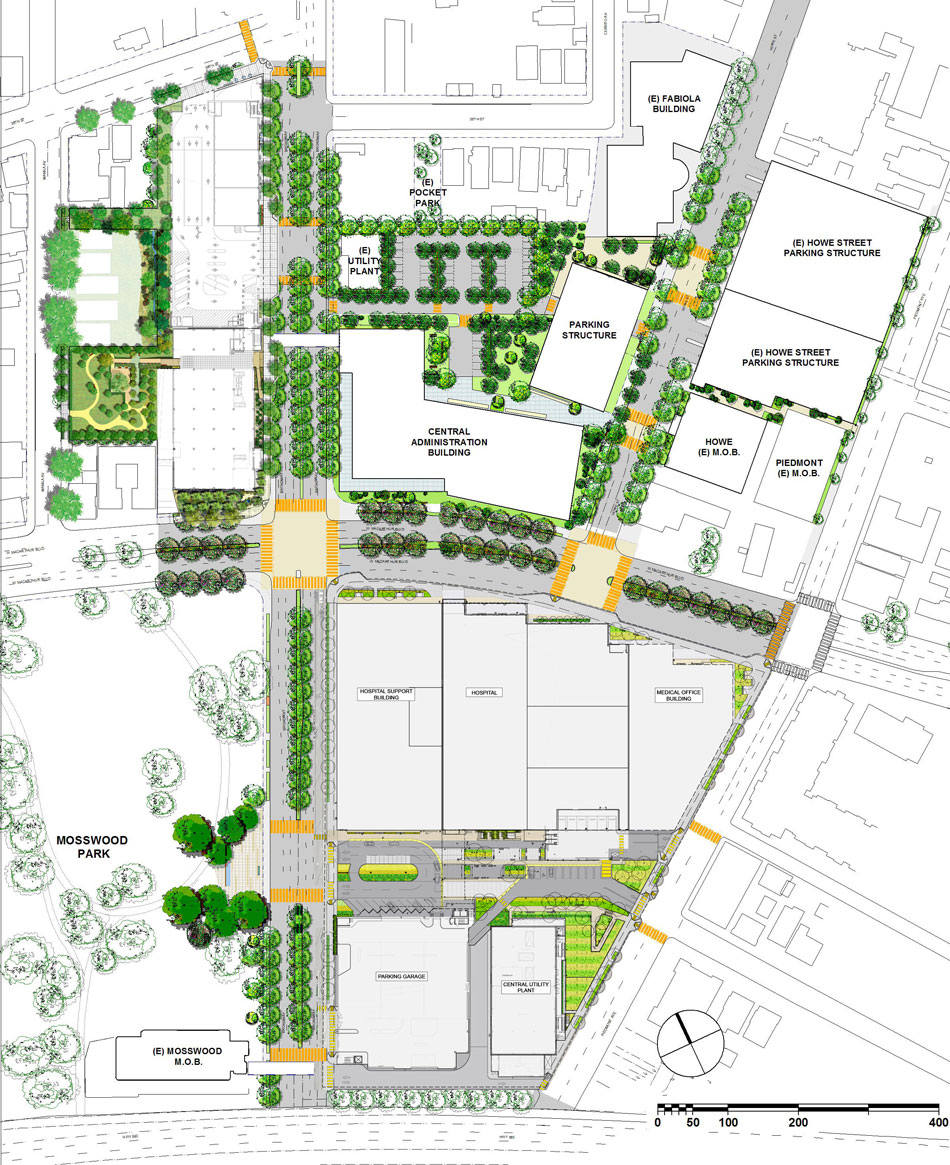

SITE: Oakland, California
SCOPE: Landscape Master Plan encompassing streetscape, courtyard, and open space design
DATE: MP Complete 2006
The landscape master plan proposes a multi-centered campus. Some of these centers are courtyards or plazas that connect Kaiser’s buildings and form important entry spaces from the street. Some are activated streets that connect larger areas of the urban campus. Still more are paths that connect pedestrian places and precincts within the campus and to adjacent neighborhoods.
The program of the public centers varies, as do the character and qualities of these distinct places. The definition of these places relies on the careful shaping of the landscape. A landscape that responds to Kaiser’s particular needs is one that fulfills the needs of the campus community as a whole, contributing as an integral part of the larger Oakland population. These needs include circulation, places for rest, connection to amenities, and creation of places within the campus that provide distinct character, contrast, exposure to nature, change, pleasure, comfort, and a sense of time and growth.
